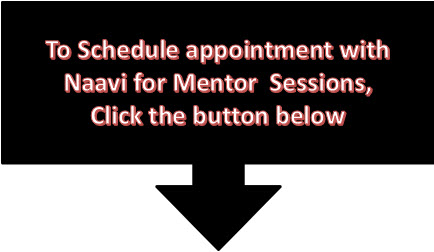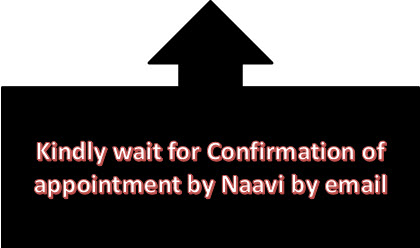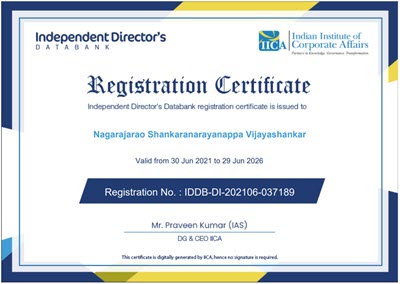Mr Rajeev Chandrashekar, MOS, MeitY in a recent interview, has reiterated that large part of misinformation in the media is against the Government and hence there is a need for a Government factcheck body which has been indicated in the recent Intermediary Guidelines.

The Editor’s Guild press note which has been widely circulated and supported by the Internet Freedom Foundation however implies in its communications to the effect that …
“The FactCheck unit proposed by the Government as part of PIB will issue take down notices and cause a chilling effect on the freedom of information”.
Taking a cue from this, a case has been filed in the Mumbai High Court that the notification is unconstitutional and has to be withdrawn. Without further verification, the High Court has proceed to register the case and issue notices.
To make it clear to all, I would like to state that :
The Intermediary guidelines only make it obligatory for Intermediaries to publish a notice, which in turn mandates its users not to post fake information on the user’s content space. It does not mandate take down of the content.
When the user is having a notice of the content being flagged as false because of the FactCheck publication or otherwise, it is left to his discretion to either retain the content or remove it.
The consequence of continuing to keep such content and not removing it or not providing a rejoinder, is that the user would be liable to be charged in a Court of law by any affected party.
If the misinformation is about the Government, then the affected party is the Government and it would either approach the Committee under section 69A of ITA 2000 or a Court for direction on the removal of the offensive content.
Public are also free to approach Section 69A authority instead of the Court at his choice.
The takedown obligation arises for the intermediary only whes such a competent body issues a notice to the Intermediary to take down the content either permanently or temporarily.
The order of the Section 69A authority is reviewed in 2 months and hence the order to take down if any is temporary. However injunction given by the Court often remains permanent until it is revoked by another challenge. When there is no challenge to the order of the injunction (Refer the case of Zone-H.org where an article of Naavi on bloggers news net was taken down incorrectly through a Supreme Court injunction) for whatever reason, the injunction remains permanently.
When an order is issued by a Court or a Competent authority, the matter is already under scrutiny of a judicial body and it is open to the Intermediary to Challenge the takedown order by representing itself as a party to the dispute.
If it takes such a stand, it would mean that it takes ownership of the content and defends it to the effect that “The content is true and the platform supports the user. Also it implies that the platform’s content check team is satisfied that the FactCheck is itself incorrect and hence the platform would not take down the material”.
Such a contention has been taken earlier by Twitter though it means that the platform is challenging a Judicial or a Quasi judicial or a Competent authority of the Government.
I wonder why the Editor’s Guild and more so the Internet Freedom Foundation is falsely interpreting the guideline and it’s fake view is being parroted by other publications including INS. This only appears to be a conspiracy to create a false narrative and mislead the public. Such organizations irrespective of their name associated with the media needs to be brought to book for their own misinformation campaign.
I wish that members of the Editor’s Guild and INS review their decision and come up with an apology for their mistake.
I also urge the Mumbai High Court to call out this fraud of a section of media when the Court takes the petition filed by the stand-up comedian (Kunal Kamra). It should also impose a stiff penalty on the petitioner for a speculative case.
The Court has the opportunity to consult Cyber Law Experts in Mumbai and understand the true import of Section 79 and the status of Intermediary Guideline as a suggestion to the Intermediary to notify the User to do or not do some thing.
If the Court is satisfied that the contention provided in this article is correct, it should state in its order that the Court is satisfied that the Intermediary Guideline does not amount to a take down order or causing a Chilling effect on the freedom of expression.
The Mumbai High Court was once wrong in the Palghar Girl’s FaceBook case where it ruled the “Publication” wrongly as a “Message” and came to the conclusion that Section 66A was an affront to the Freedom of Expression which finally got endorsed by the Supreme Court as Shreya Singhal Judgement and resulted in the deletion of Section 66A which was not a section related to publishing but was related to a Message (SMS or E Mail).
At the time Palghar Girl’s case was adjudged and Shreya Singhal judgement came out, (and even now), ITA 2000 did not have any restrictions on the publication of such messages. It had only restrictions related to publication of a content which was “Obscene” under Section 67,67A and 67B. Any publication of a content which was defamatory or otherwise false etc was not covered by Section 67 and hence could be challenged only under provisions of IPC. Section 66A was a section which addressed a pointed attack through a message on a person who could be threatened or annoyed etc., who could invoke relief under Section 66A through prosecution. This had no relation to “Public Speech” and hence the contention that it caused a “Chilling effect on Freedom of Expression was wrong”.
(PS: In the current context of the Intermediary guidelines, the Shreya Singhal case has been quoted for a different reason namely the upholding of Section 79 (1) and 79 (2) of ITA 2000/8 and reading down of 79(3))
I wish some of the Cyber Law Experts in Mumbai would implead in the suit and provide the necessary clarification to the Court even if the Government fails to do so effectively.
Naavi









